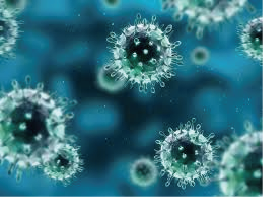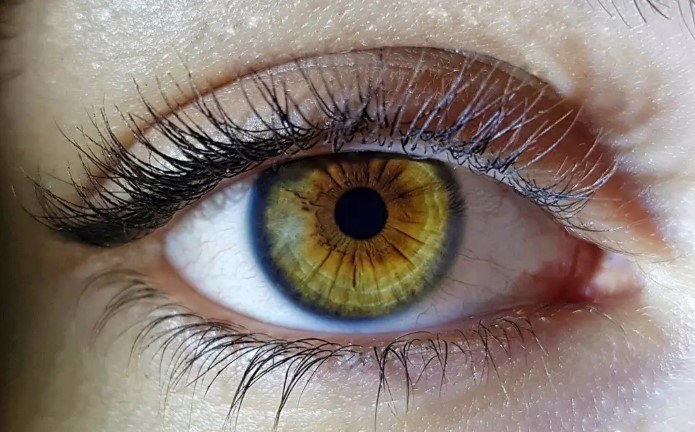Infectious diseases are caused by subcellular infectious entities (prions, viruses), prokaryotic bacteria, eukaryotic fungi and protozoans, metazoan animals, such as parasitic worms (helminths), and some arthropods. These organisms invade and colonize the host tissues, induce the immune system of the host to generate antibodies specifically against the organisms. These antibodies can be detected and measured by immunoassay such as ELISA for the diagnosis and prediction of infectious diseases.
Creative Diagnostics offers a broad range of infectious disease ELISA kits for the detection of human IgG, IgA and IgM antibodies to bacterial, viral, fungal and parasite antigens. These ELISA kits feature high sensitivities and specificities, simple and robust methods, ready-to-use liquid reagents, and reasonable assay time. it can be used for microbiology and infectious disease researches and applications.
Table 1 provides an overview of the causes of human infectious diseases.
Table 1 Human Pathogens
| Subcellular biological entities | Prokaryotic microorganisms | Eukaryotic microorganisms | Animals |
|---|---|---|---|
| Prions (infection proteins) Viruses |
Chlamydiae (0.3-1 lm) Rickettsiae (0.3-1 lm) Mycoplasmas Classic bacteria (1-5 lm) |
Fungi (yeasts 5-10 lm, size of mold fungi indeterminable) Protozoa |
Helminths (parasitic worms) Arthropods |
Subcellular Infectious Entities
Prions (proteinaceous infectious particles). The evidence indicates that prions are protein molecules that cause degenerative central nervous system (CNS) diseases such as Creutzfeldt-Jakob disease, kuru, scrapie in sheep, and bovine spongiform encephalopathy (BSE).
Viruses. Ultramicroscopic, obligate intracellular parasites that:
— contain only one type of nucleic acid, either DNA or RNA,
— possess no enzymatic energy-producing system and no protein-synthesizing apparatus
— force infected host cells to synthesize virus particles.
Bacteria
Classic bacteria. These organisms reproduce asexually by binary transverse fission. They do not possess the nucleus typical of eucarya. The cell walls of these organisms are rigid (with some exceptions, e.g., the mycoplasma).
Chlamydiae. These organisms are obligate intracellular parasites that are able to reproduce in certain human cells only and are found in two stages: the infectious, nonreproductive particles called elementary bodies (0.3μm) and the noninfectious, intracytoplasmic, reproductive forms known as initial (or reticulate) bodies (1μm).
Rickettsiae. These organisms are obligate intracellular parasites, rod-shaped to coccoid, that reproduce by binary transverse fission. The diameter of the individual cell is from 0.3-1μm.
Mycoplasmas. Mycoplasmas are bacteria without rigid cell walls. They are found in a wide variety of forms, the most common being the coccoid cell (0.3-0.8 lm). Threadlike forms also occur in various lengths.
Fungi and Protozoa
Fungi. Fungi (Mycophyta) are nonmotile eukaryotes with rigid cell walls and a classic cell nucleus. They contain no photosynthetic pigments and are carbon heterotrophic, that is, they utilize various organic nutrient substrates (in contrast to carbon autotrophic plants). Of more than 50 000 fungal species, only about 300 are known to be human pathogens. Most fungal infections occur as a result of weakened host immune defenses.
Protozoa. Protozoa are microorganisms in various sizes and forms that may be free-living or parasitic. They possess a nucleus containing chromosomes and organelles such as mitochondria (lacking in some cases), an endoplasmic reticulum, pseudopods, flagella, cilia, kinetoplasts, etc. Many parasitic protozoa are transmitted by arthropods, whereby multiplication and transformation into the infectious stage take place in the vector.
Animals
Helminths. Parasitic worms belong to the animal kingdom. These are metazoan organisms with highly differentiated structures. Medically significant groups include the trematodes (flukes or flatworms), cestodes (tapeworms), and nematodes (roundworms).
Arthropods. These animals are characterized by an external chitin skeleton, segmented bodies, jointed legs, special mouthparts, and other specific features. Their role as direct causative agents of diseases is a minor one (mites, for instance, cause scabies) as compared to their role as vectors transmitting viruses, bacteria, protozoa, and helminths.







